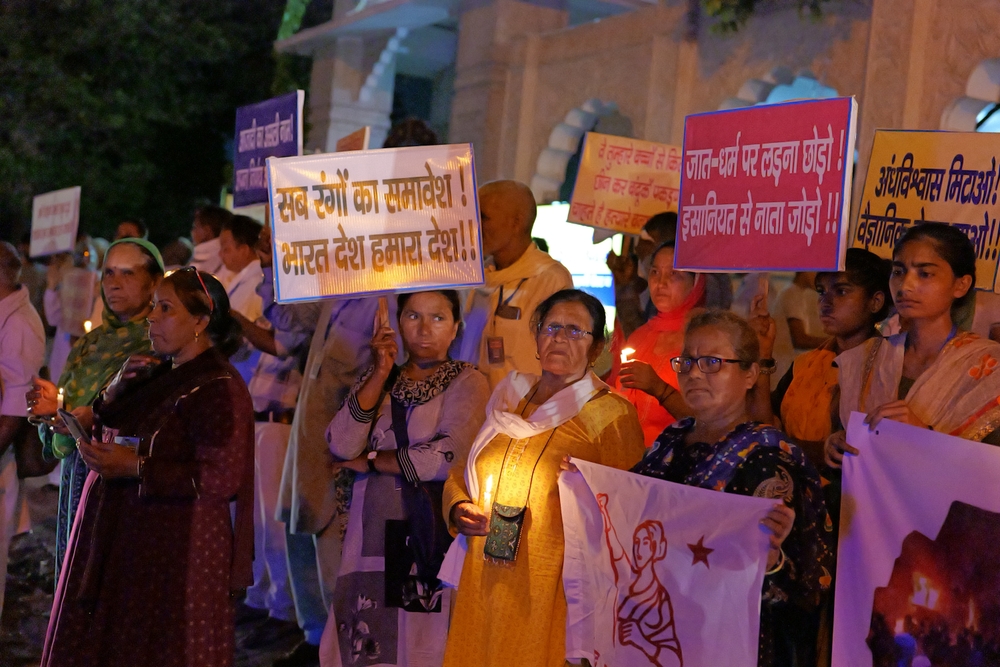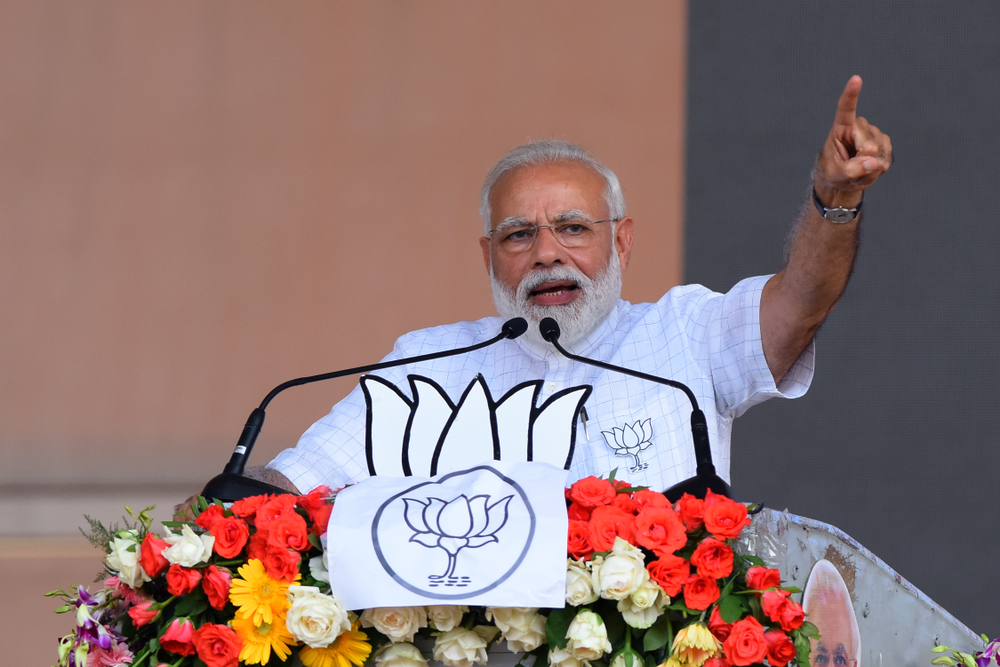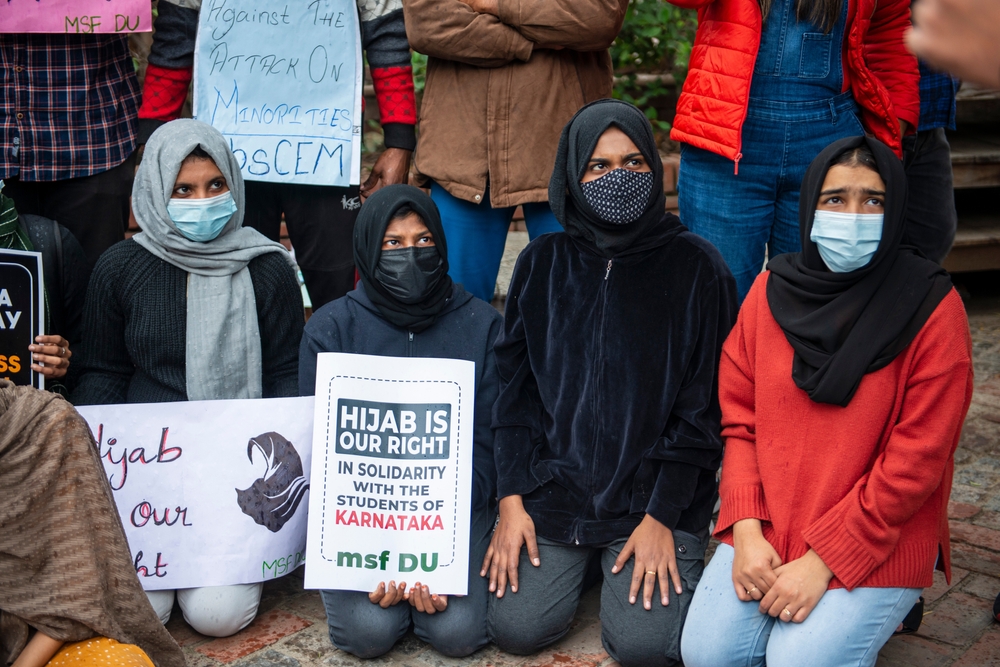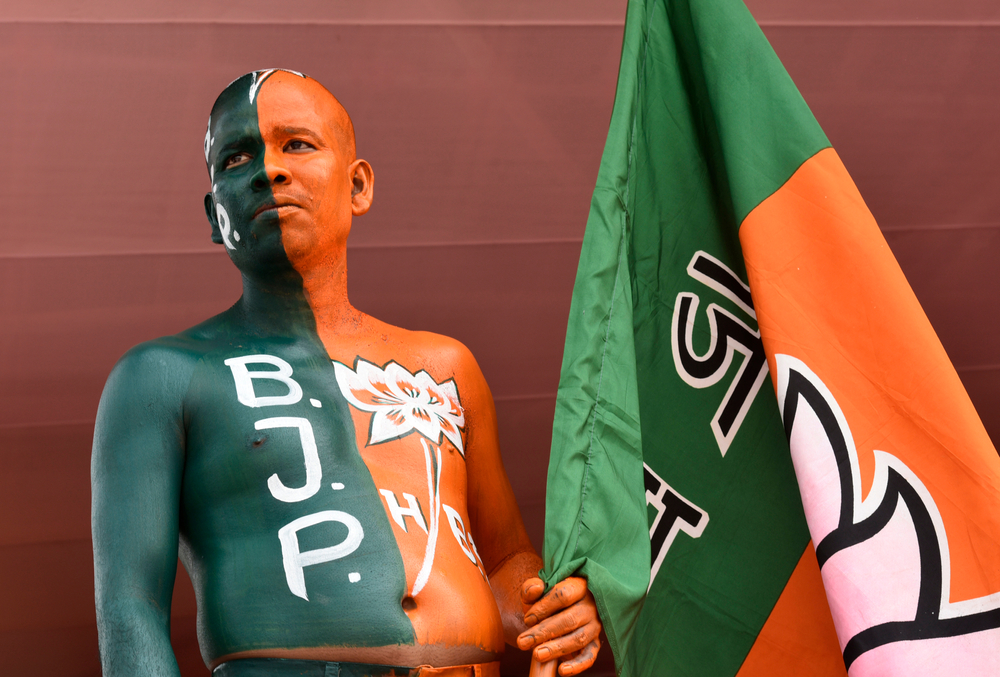
Religious violence in India continued to swell this month. In a matter of four days, members of the Bharatiya Janata Party (BJP) who rule Haryana state bulldozed more than 300 properties belonging to Muslims. At least 150 Muslims who protested the demolition of their homes and livelihood were arrested, handcuffed, and often forced to watch as the bulldozers did their work. This event is only the latest in a pattern of consistent Hindu nationalist violence against Muslims and Christians living in different regions of India.
In May, tensions grew between the Meitei and Kuki-Zo tribes in Manipur, a remote region with a history of ethnic conflict in northeast India. The Meitei tribe is mainly Hindu and prominent in the region’s capital. The Kuki-Zo is predominantly Christian and scattered in the province’s rural areas, making up approximately 16% of the population there. The leadership of the Meitei announced plans to seek special status for their majority group that would give them greater access to government jobs and college admissions. The Kuki-Zo launched protests against these plans that quickly spiraled out of control with acts of vandalism taking shape in the cities. The Meitei responded with raids on rural settlements of the Kuki-Zo.
International attention focused on the area in July when a video from the first week of the unrest was released showing two naked Kuki-Zo women forced to march naked through a taunting crowd of Meitei.

Authorities report that militias from both sides of the fighting stole thousands of guns from local law enforcement facilities when the violence first broke out. Although the government has enforced a curfew and internet shutdown after the deployment of thousands of troops to the region in May, both sides appear set for a protracted struggle.
Since May, more than 150 people have been killed amid the growing ethnic violence in Manipur. Another 60,000 have been forced from their homes. By the end of July, one news publication in India said at least 220 churches and 17 Hindu temples were destroyed.
These recent episodes are examples of a larger trend present in India since its national founding after World War II. Recall that it was a Hindu nationalist who assassinated Gandhi. Religious violence and extremism is deeply rooted in India, but such outbursts are growing in frequency and intensity during the last two decades. Across the world’s largest democracy Hindu nationalism is on the rise, featured prominently in the country’s Prime Minister Narendra Modi, as well as among elected governors and officials.

Learn more about the history of India
through this popular podcast series.
The hardline tactics and racist philosophies of these extremists are finding life through implemented policy and practice in many parts of India. In 2019, India passed new citizenship laws that distinguished Muslims and Christians from people belonging to religions that originated in India, namely Hindus, Sikhs, and Buddhists. Attacks against Muslim and Christian minorities have increased since Modi came to power in 2014. In fact, Modi’s election to the Prime Minister’s office that year represented the first time right wing Hindu nationalists could form a government with an absolute majority in India’s parliament.

In the spring of 2022, Hartosh Singh Bal wrote in Foreign Affairs:
For years, Hindu nationalists have worked to consolidate various parts of the faith into a unified political movement. They have very successfully organized high-caste Hindus, who sit at the top of the religion’s hierarchy and make up most of the Indian elite. But the party has managed to gain support from many marginalized, low-caste Hindus as well by emphasizing that they, too, belong within Hinduism and by providing them with representation, almost all in the party’s lower ranks. The BJP has also fostered and weaponized Islamophobia to great effect, further unifying the country’s 966 million Hindus while making life increasingly difficult for its nearly 200 million Muslims.
The result has been a discriminatory political juggernaut that—as the state elections show—reaches its limits only at the literal edges of India, mostly in states where Hindus are not the overwhelming majority of residents. It will lead to the hardening of India’s tiered democracy.
Recent history and crises have increased the popularity of these extremist organizations and ideologies at the expense of minorities within India. Economic strains, social anxieties, and a shifting political landscape have presented domestic instability to India that opportunist extremists are only too happy to exploit.


